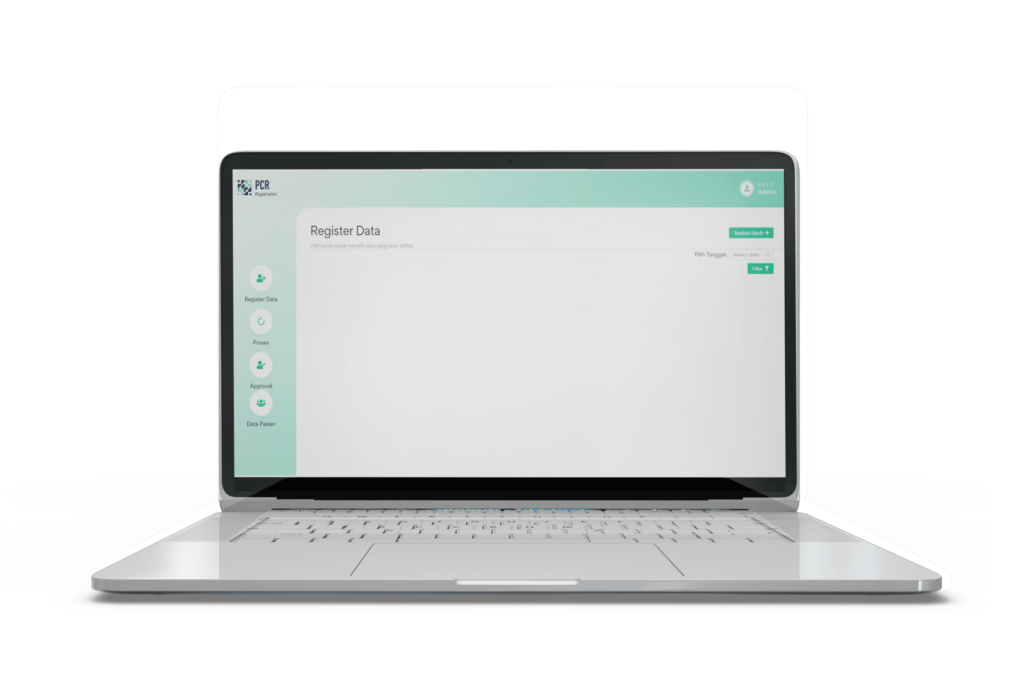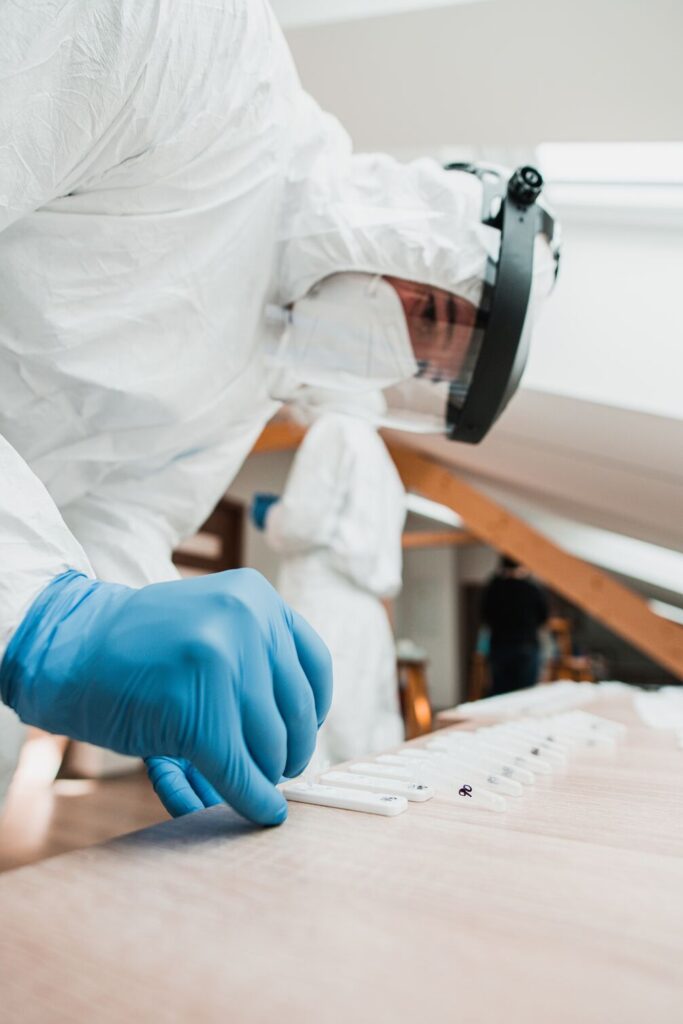Anargya Aptana Indonesia
Clients

Services


PCR testing and reporting system for Bali’s Ngurah Rai Airport, which aims to detect the presence of the COVID-19 virus in airport visitors. The system will also involve taking samples from airport visitors according to established guidelines and protocols. Here is a detailed description of the components and processes involved:
1. Testing the Infrastructure: Set up a special area within the airport area for PCR testing. Install the necessary equipment, such as PCR machines, sample collection kits, and personal protective equipment (PPE), to facilitate the testing process. Ensuring the availability of trained medical personnel to carry out PCR tests.
2. Visitor Sampling: Develop and implement guidelines and protocols for visitor sampling in accordance with established health guidelines and regulations. Identification of suitable sampling locations within the airport where visitors can provide their samples with ease and privacy. Train medical personnel to perform safe and hygienic sampling, which may include nose or throat swabs.
3. Sample Transportation and Processing: Establish a secure transportation system to transfer samples collected from the airport to designated laboratories for processing. Ensure proper handling and storage of samples to maintain their integrity during transport. Collaborate with authorized laboratories equipped with PCR machines to process samples taken. Follow standard protocols for sample processing, including RNA extraction, reverse transcription, PCR amplification and interpretation of results.
4. Testing and Reporting of PCR Results: Perform PCR testing on collected samples using established protocols and validated procedures. Records test results, including whether or not the COVID-19 virus is detected, along with relevant details such as sample ID, test date and time. Develop a robust reporting system to efficiently manage and share test results. Ensure the privacy and confidentiality of test results while complying with applicable data protection regulations. Efficiently communicate the results to each individual tested and the relevant airport authorities, following established communication channels.
5. Data Management: Implement a secure and centralized database to store and manage all test-related data, including visitor information, test results and timestamps.
See Project
Location
Say Hello
Social Media

© Anargya Aptana Indonesia – 2023
Term Condition
Privacy & Policy
Anargya Aptana Indonesia is proudly powered by WordPress



